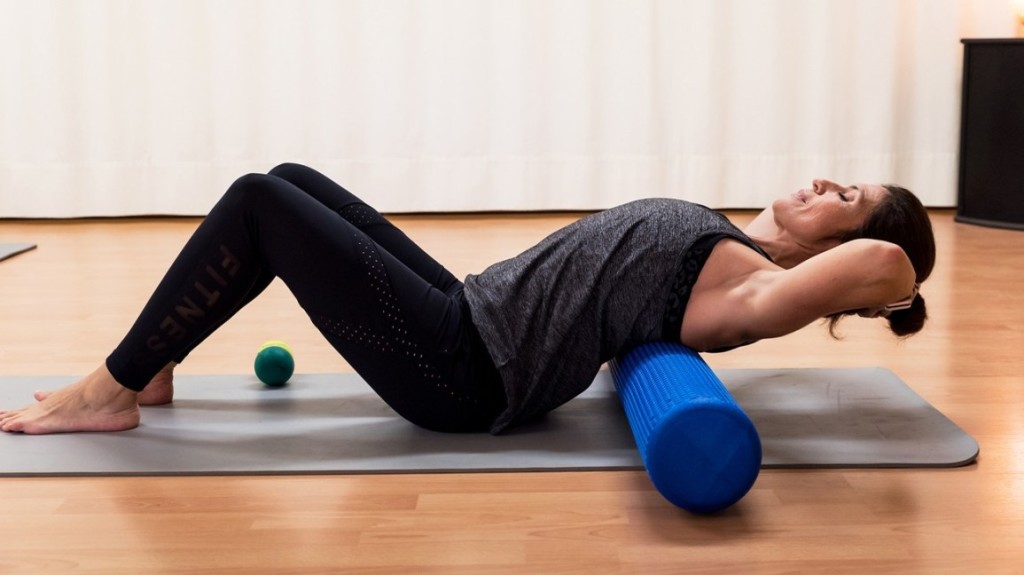Massage therapy offers a range of physical and mental health benefits that can contribute to overall wellness. Here are some of the primary benefits:
- Reduces Muscle Tension: Massage helps to alleviate tightness in muscles, making it an effective treatment for pain caused by stress, injury, or overuse.
- Enhances Circulation: By stimulating blood flow, massage improves the delivery of oxygen and nutrients to muscles, supporting their recovery and health.
- Improves Flexibility: Regular massage can increase joint mobility, helping prevent injuries and enhancing physical performance.
- Boosts Immune System: Massage promotes lymphatic flow, which is essential for maintaining a strong immune system and flushing out toxins.
- Alleviates Stress and Anxiety: The soothing effects of massage trigger the release of endorphins and reduce cortisol, easing stress, anxiety, and even symptoms of depression.
- Improves Posture: By relaxing and elongating muscles that may be tightened from poor posture, massage helps realign the body.
- Enhances Sleep Quality: Massage promotes relaxation, which can improve sleep patterns, particularly beneficial for those suffering from insomnia or other sleep-related issues.
- Reduces Headaches: Targeted massage, especially in the head, neck, and shoulder areas, can reduce the frequency and intensity of tension headaches.
- Increases Mental Clarity: Many people experience improved focus and mental clarity following a massage, as it helps to alleviate mental fatigue.
- Supports Recovery from Injury: By reducing inflammation and breaking up scar tissue, massage therapy can speed up the healing process after an injury.
Massage therapy is a valuable tool for promoting both physical health and mental well-being. Whether you’re looking to relieve pain, boost relaxation, or improve flexibility, regular massage sessions can be a beneficial addition to your wellness routine.




